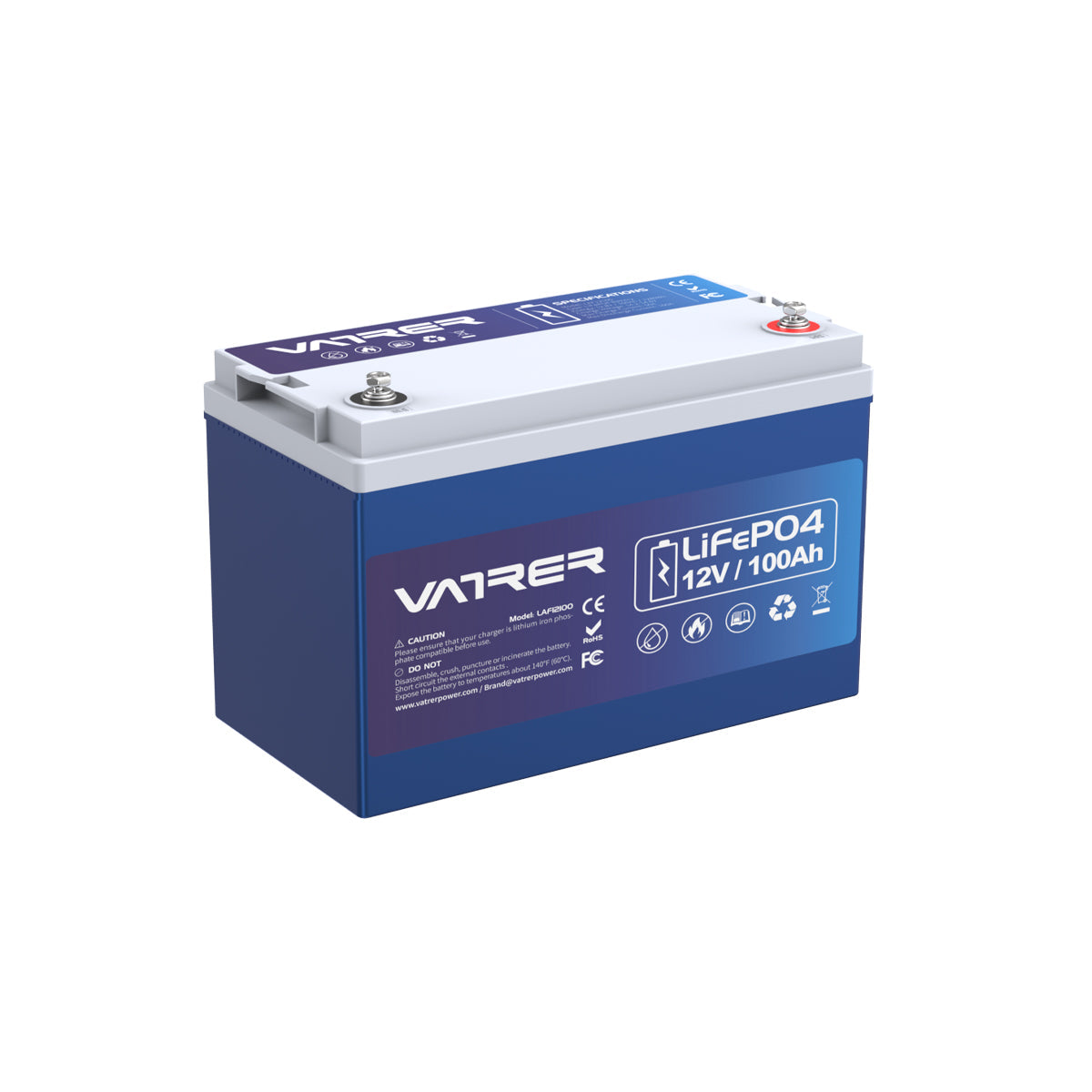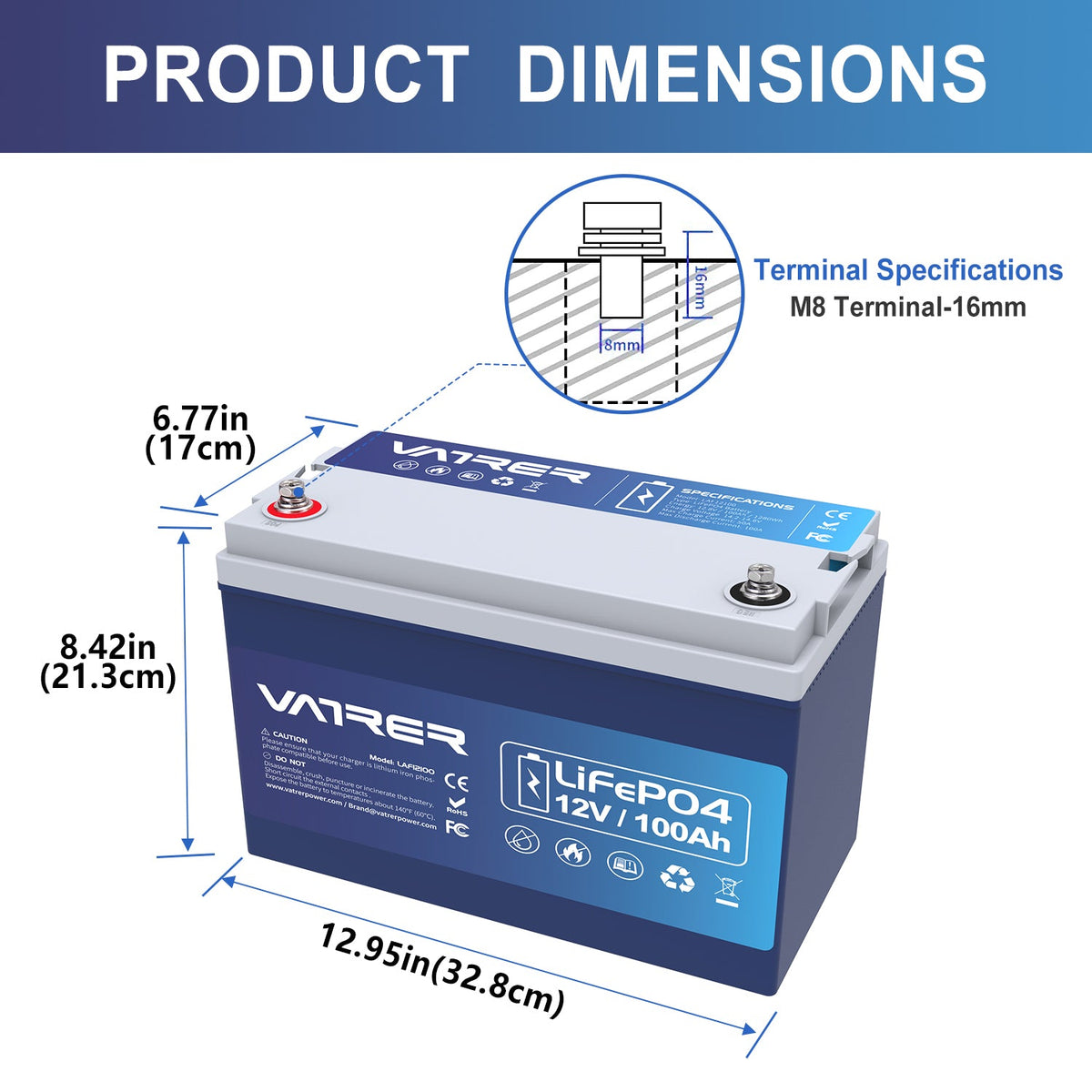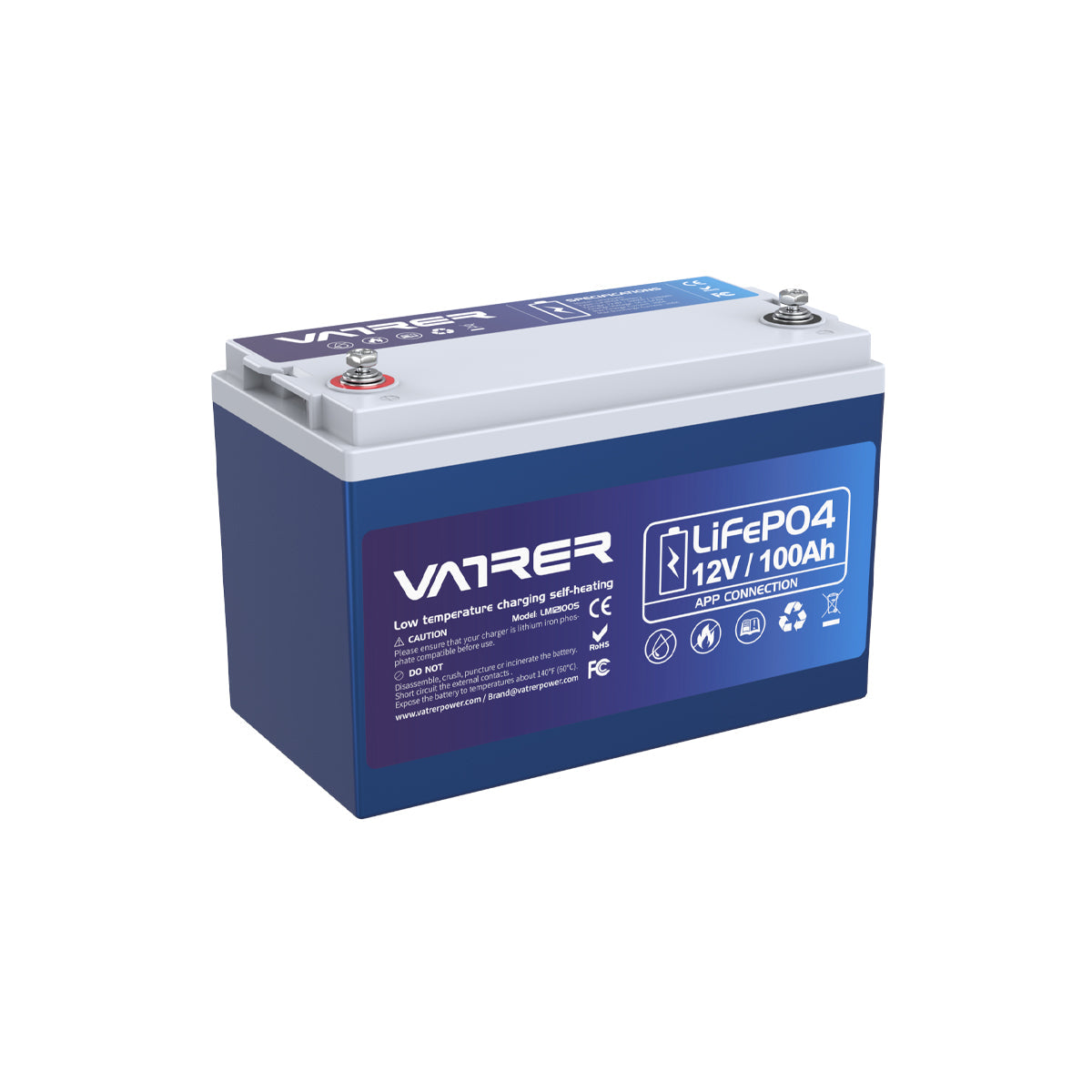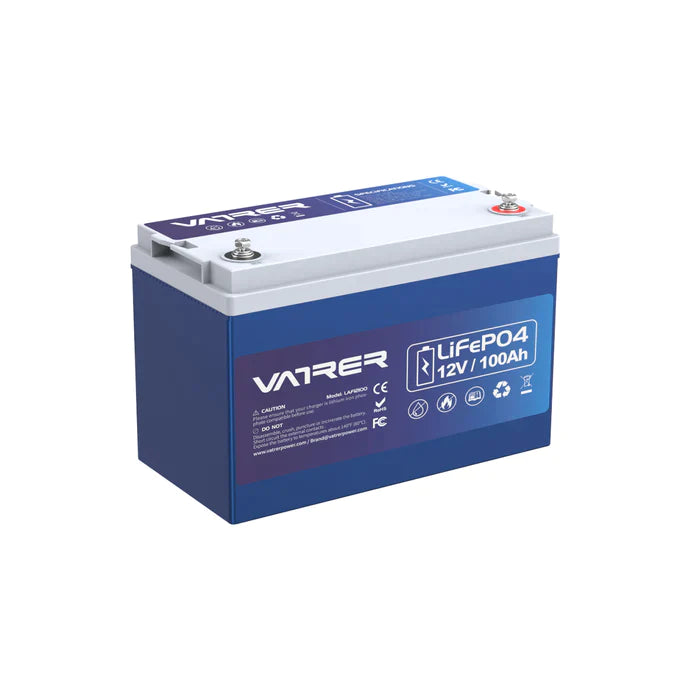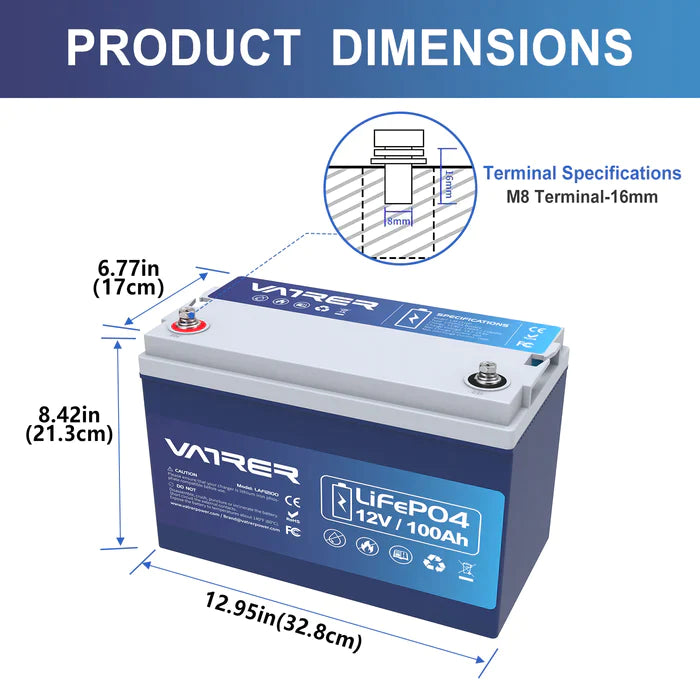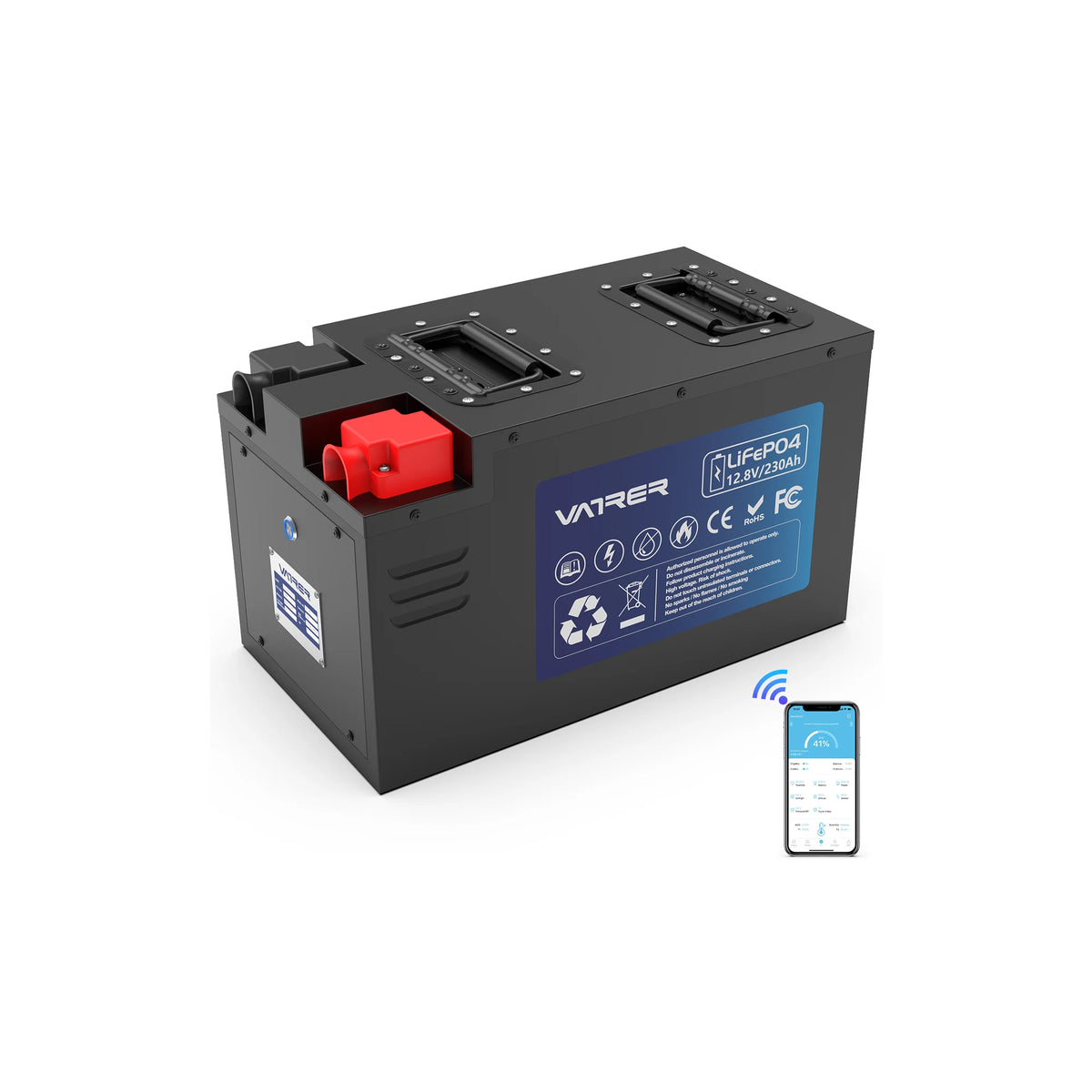Table of Contents
In the evolving landscape of battery technology, LiFePO4 (Lithium Iron Phosphate) batteries stand out due to their unique attributes, catering to both consumer electronics and large-scale energy storage needs. This blog post delves into the various advantages and disadvantages of LiFePO4 batteries, offering a comprehensive guide for those considering their use in diverse applications.
Advantages of LiFePO4 Batteries
-
Longevity: LiFePO4 batteries offer an impressive lifespan, typically providing 2000-5000 charge cycles. This is significantly higher compared to traditional lead-acid batteries and some other lithium-ion variants, making them a cost-effective option over the long term.
-
Safety: One of the strongest suits of LiFePO4 batteries is their safety profile. They are structurally stable and less prone to issues like thermal runaway and explosions, which are a concern with other lithium-ion batteries. This stability comes from the phosphate-based cathode material, which withstands high temperatures without decomposing.
-
Environmental Friendliness: These batteries are more eco-friendly than many alternatives. They do not contain cobalt, a metal often criticized for its environmental and ethical issues regarding mining practices. Additionally, LiFePO4 batteries are non-toxic and are considered safer for disposal.
-
Efficiency: With a consistent voltage level, LiFePO4 batteries provide high efficiency in both charging and discharging processes. They maintain a steady output voltage until depleted, which optimizes device performance.
-
Temperature Resistance: Operating efficiently across a broad range of temperatures, LiFePO4 batteries are suitable for use in a variety of environmental conditions without significant performance degradation.
Disadvantages of LiFePO4 Batteries
-
Cost: Despite their long-term cost benefits, the initial investment for LiFePO4 batteries is generally higher than that for traditional lead-acid batteries. This can be a barrier for those with limited upfront budgets.
-
Lower Energy Density: When compared to other lithium-ion batteries, LiFePO4 batteries have a lower energy density. This means they are heavier and bulkier at the same energy level, which may be a drawback in portable applications where size and weight are critical factors.
-
Voltage Limitations: With a lower nominal voltage of 3.2V per cell, LiFePO4 batteries require more cells in series to achieve the same voltage as other lithium-ion batteries. This can complicate the design and integration of these batteries into existing systems.
-
Availability and Variety: Although their popularity is increasing, LiFePO4 batteries are not as widely available as other types of batteries. This can limit options for consumers and delay adoption in certain markets or applications.
-
Temperature Sensitivity at High Charging Rates: While they are generally good at handling temperature extremes, LiFePO4 batteries can be sensitive to high charging rates in colder environments. This might affect their performance and longevity if not managed properly.
Conclusion
LiFePO4 batteries present a viable option for those seeking a reliable, safe, and environmentally friendly battery technology. Their long lifespan and stability offer great advantages, particularly in applications where safety and longevity are paramount. However, considerations regarding cost, energy density, and compatibility should be made to ensure they meet the specific needs of your application. As battery technology continues to evolve, the attributes of LiFePO4 batteries make them a compelling choice for a wide range of uses, from electric vehicles to solar energy storage systems.
Continue Reading:
LiFePO4 Voltage Chart: A Comprehensive Guide











